“What the world needs now is dance.” With a provocative title such as that, I was pretty excited to read the article on Dance Magazine’s online content page. Anyone who knows me, knows I believe if we’re ever going to attain world peace, it’s through dance–the world definitely needs dance, and we need it now. But I was thoroughly disappointed in the article.
The author seemed to profess dance as a necessary form of escapism from our social-media and what she calls an intellectualism entrapped society. Now there’s a limited view on dance (and society)…
We need dance because we need to imagine new realities, perform new realities, deconstruct current realities–not simply to escape the status quo.
In the way Flachs writes, she separates dance from reality, from the world of non-dancers. It’s the perpetuation of this separation that limits our audience, limits the access to dance, and devalues non-concert dance and non-western dance forms. We need to expand our definition of dance, beyond the proscenium stage if we are going to use it as a necessary tool in today’s world.
Flachs begins the article with a personal story of bitterness questioning why dancers are paid so little. She asks, “Why is there not financial support to offer a contract longer than 60 percent of the year? Why do the curtains open on our Sunday matinee to reveal a checkerboard of empty seats? What are we doing here if there is no demand for the service we provide as dancers?” She goes on to defend concert dance, solely from her perspective as a professional dancer. We cannot explain to non-dancers why they should value dance based on our experiences onstage. The majority of the audience cannot relate to standing in the wings, feeling the rush of running onstage, or out-of-body experiences when we fully commit to movements. If we want to expand our audiences beyond fellow dancers, we have to connect dance to the general public on another level. She says, “as any professional dancer knows…” But what about someone who is not a professional dancer? No wonder the world does not value dancers, we’ve separated ourselves; we’re living in a dance bubble. I’m not saying I have an answer to that–I wish everyone would just experience dance and maybe they would agree. But we need a new way to draw in a non-dancer audience.
Flachs seems to limit dance to escapism. If dance is just a way to escape reality, there are a million ways to do that. There are a million ways to escape technology. That does not make dance special.
Dance cannot negate that the world has changed and our daily interactions have changed because of technology. If that fact refuses to be reflected in performances, then it’s no wonder ticket sales dwindle. If we assume audiences should be able to view dance through the same lens they did 100 years ago, or even 30 years ago, when fast-paced social media had not altered our human experience, we will continue to see audience sizes diminish. I think incorporating and questioning technology in and through performance keeps live performance relevant. I want to keep seeing the classics on stage, I put my phone away for the duration of a performance, but a lot of people–particularly millennials–don’t. We’ve lost the cultural norm of going to the theater, of theater etiquette. And I believe we have to evolve as performers. We can still arrive at those deeply humanizing moments of performance, but we have to find new ways of engaging the audience, getting them excited about dance…
Inclusive, community based dance events; site-specific performances that push the public to see spaces and bodies differently…i.e., dance as more than entertainment…
We can use movement, and dance, particularly process driven work, as research.
Dance functions as non-linguistic knowledge. I agree with Flachs that “Steps conveyed on stage can embody and transmit feelings to the audience…ideas are shared that may be difficult to articulate, but are deeply understood.” This is kinesthetic empathy–mirror neurons in our brain allowing us to experience the movements we see on other bodies, in this case, performers’ bodies. We can use this inherent human process to bridge the gap between people of different world views.
I also find Flachs’ separation of the intellectual and dance problematic. If we separate dance from the intellectual, we are invalidating dance, choreography, and movement as a form of research. In academia, we have to fight for dance to be taken as seriously as the sciences, or even as seriously as theater. Movement within a research context opens new pathways of understanding and engaging with the world. Research and language translate into our bodies and vice versa. The more we allow those to overlap, explore and deepen the overlap, explore how we translate from movement to language and back, the more profound our understanding of our human experience.
I also cannot agree with the idea of “the purity of live movement.” A body onstage is ripe with messages even before it moves. The body is political, a political subject, a form full of connotations. Yes, it can be incredibly liberating to move, but is that movement pure? Our experiences color our movement, and investigating that validates dance as research.
I believe the world needs dance (and music) because it brings people of all walks of life together. I believe the world needs dance in intellectual research, because humans are not just theories and words, we are also bodies, and investigating the interactions between body, language, and experience unlocks the possibility to imagine new realities.
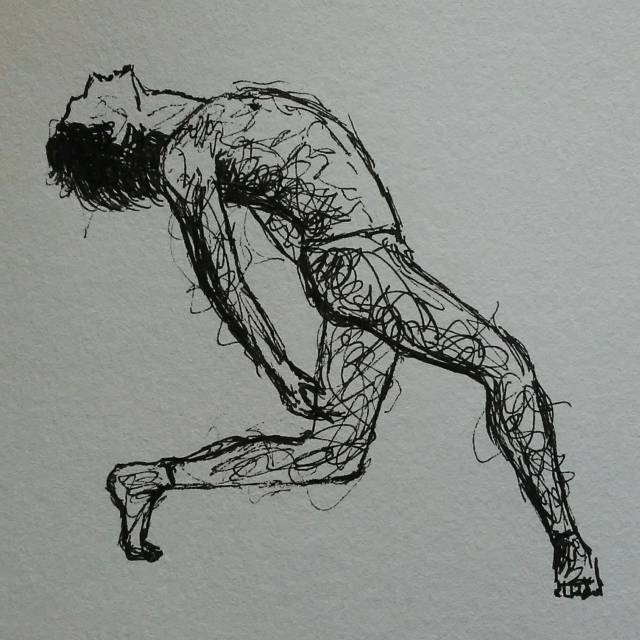
Art by Bella Verducci www.instagram.com/bellaverducci


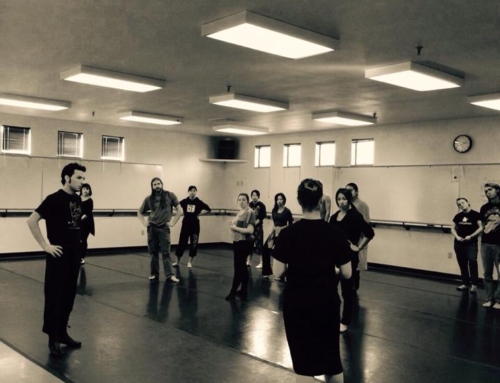
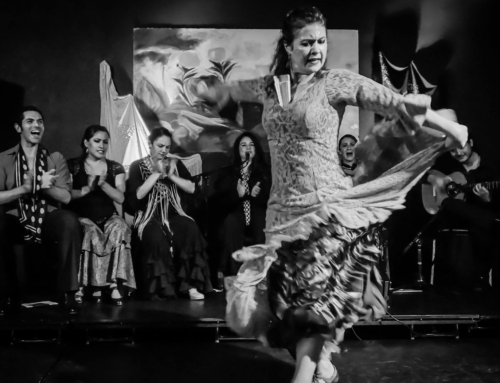




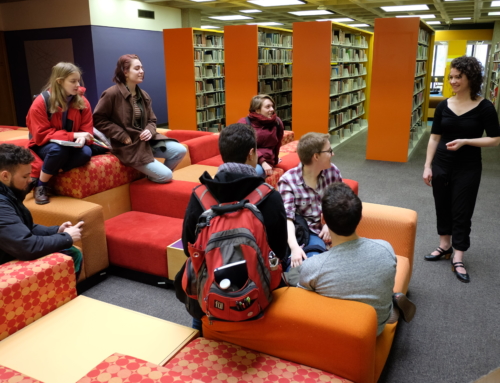
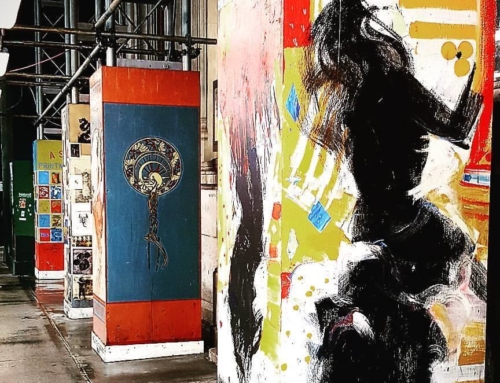
Leave A Comment